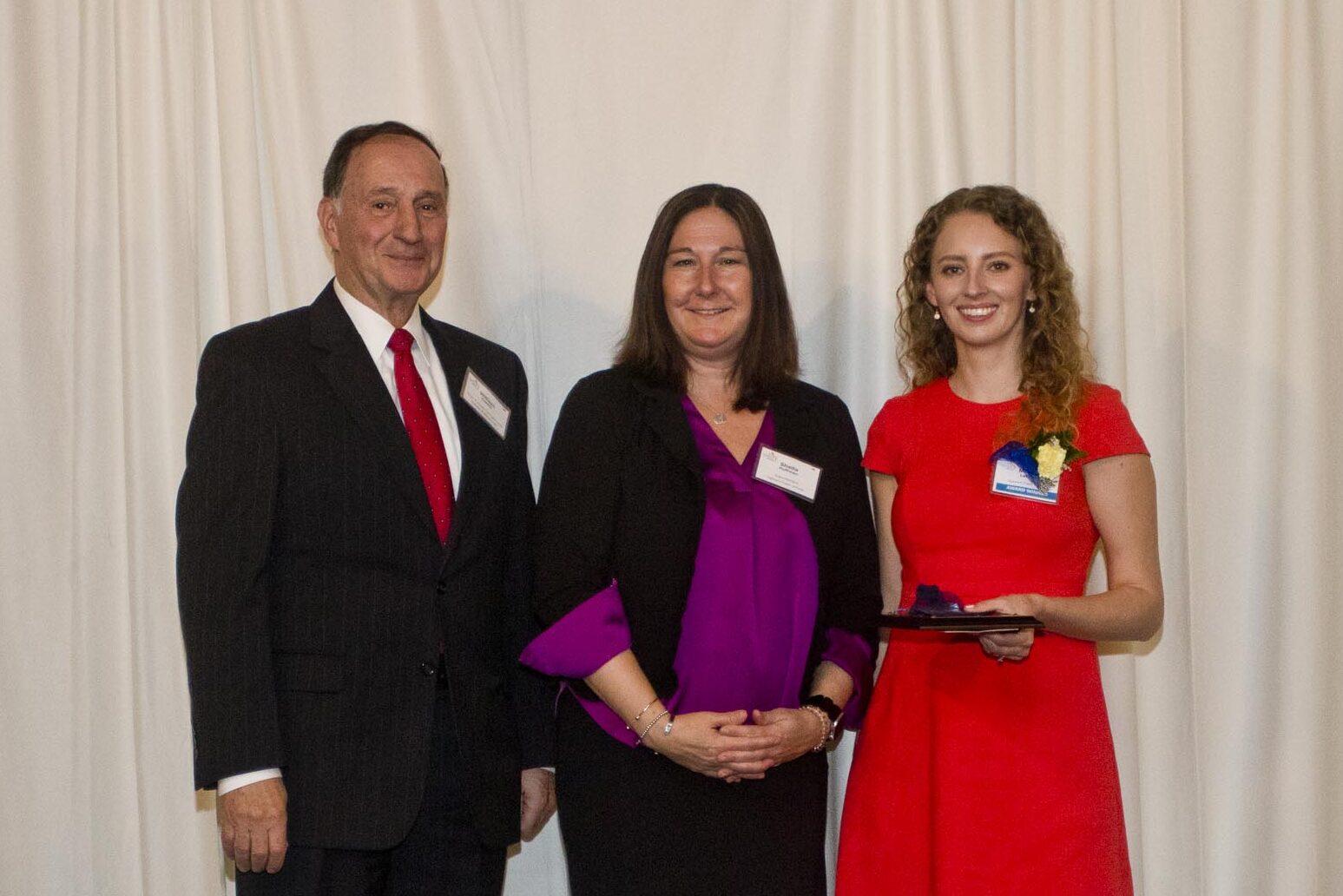
My Story
From Burnt Out, Overwhelmed Special Education Teacher to Loving My Job Again

Teaching Is All About the Support You Get
I had an amazing mentor teacher during my student teaching experience who I also worked part time for while in grad school. Then as a first year full time teacher, my mentor was actually my co-teacher. I was learning from really experienced teachers who worked exactly in my field. This was an ideal situation for my first few years.
Everything changed the summer of my second year. My mentor changed roles and the district cut the co-teaching position in our self contained classroom. A week before school began I found myself with double the caseload, no one else in my building who did what I did, and a whole new group of paraprofessionals to train. I was drowning in the paperwork, evals, and parent meetings- not to mention the needs of my students that I felt totally unequipped to handle by myself, especially with no prep time.
I felt like I was drowning, and nobody else in my building saw or knew how to help.
The Things I Struggled With Most
Finding Time For Everything
I had no idea how to schedule or organize my day as a self-contained teacher. Those first few years things were much harder than they had to be because I created a system that was difficult.
Taking Work Home Constantly
There was no time in the day to write IEPs, evaluation reports, create materials, or contact parents. Those first few years I worked late into the night every weekday, and even on Saturdays.
Selecting Best Practices
Unlike in general education, you don’t receive a curriculum to work from as a special education teacher. Meeting the needs of my students in a neurodiversity affirming way was something I had to figure out as I went.

It Does Get Better
At my lowest point, when I considered leaving the profession, I looked outside my district to see if anyone had “hacked” being a teacher of high support needs kids. There had to be a better way, a way to be good at your job and not experience burnout. I focused on improving a couple of key practices and things began to click. I felt more confident, enjoyed my job more, and saw better student outcomes. When I stopped seeing myself as a special education teacher and started viewing myself as a teacher who makes school accessible for disabled students, things started working well in my classroom.

What Made the Difference?
- Finding other teachers who did what I did and sharing ideas
- Keeping up to date with best practice and current research
- Listening to disabled adults who went through the public school system
- Advocating for support from my building and district
- Collaborating with other teachers in my building
- Focusing on disability affirming practices that work with the kids
- Creating efficient systems to have my classroom run better
- Leveraging the experience of veteran teachers
If You Aren’t Currently Doing These Things…
What are You Waiting For!
Finding enjoyment, balance, and fulfillment in your job as a teacher of high support needs students is possible. I want to show you how!